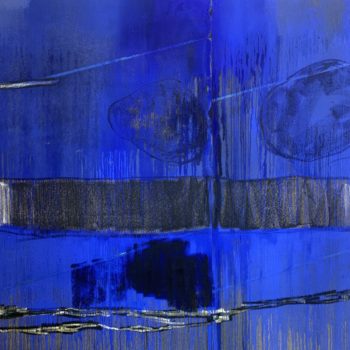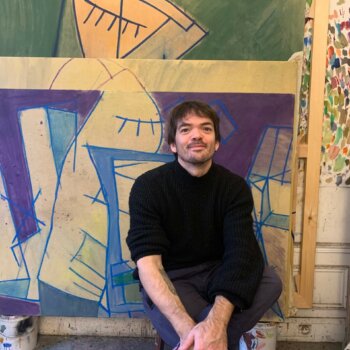
Flowers and plants in Rachel Levy’s studio
- Post published:10 March 2025
- Post category:Meet the artists / Photography
Rachel Levy is a recognized artist, but at the same time a very discreet one. She was intended to become a painter when she entered the San Francisco Art Institute in 1974. But photography soon became an obvious choice, and she went on to a career as a photographer for fashion, advertising and the press.
For almost 20 years, her work has focused on the world of plants. After her “Portraits de fleurs fanés” and “Iris”, her “Composts” series and her “Corps simples” series in black and white, she has tirelessly explored new possibilities. Her recent work proves that an academic and much-explored subject still deserves attention.
A timeless theme: the flower arrangement
Flowers bouquet, once a symbol of vanity and temporary beauty in classical still lifes (see 17th-century Dutch painters), has evolved with modern art into an exercise in light, color and matter.
For Rachel Levy, the theme of the flower bouquet took shape following a bereavement. Feeling the need to “do something with loss”, she tackled the subject of floral arrangements.
Initially in black and white, she photographed the flowers on a mirror as if they were falling. The result, a reflection of her feelings, seemed very sad, violent and brutal. She then had the idea of photographing, as if behind a veil, the shadows cast by bouquets illuminated by direct sunlight. A friend gave her an old roll of tissue paper to create the veil. The parts of the bouquet that touch the tissue paper appear in color, the weft of the paper appears and the parts that are far from the paper become shadows.
Using only the warm, powerful light of the sun, she has a limited period of time in which to take her shots. Beforehand, she picks herbs, grasses and all kinds of flowers.
The shape and material of the vases, with their varying degrees of color and translucency, also play an important role in reflecting the light and distorting the shapes into shadows.
While finding a vase and a few plants is easy, setting the scene and capturing the light requires sensitivity, research and patience.

The editorial team
The thrill of artistic discoveries




